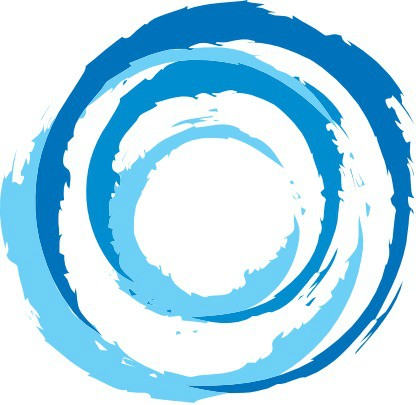In-store sampling programs are a tried and true marketing technique. They introduce new customers to your product in a fun and engaging way and give everyone a taste of something you'd like them to buy regularly. However, like any multi-stage marketing technique, a sampling program requires accurate targeting, the right venue, and a well-configured conversion plan. How you configure your events should be determined by the set of goals you wish to achieve. Naturally, you want to boost conversions, but every marketing campaign has at least one or two ulterior motives like spreading product awareness or getting more positive feedback. This will determine who you target, how you target them, and the way in which you present your products to targets during the event itself.
Promoting Feedback
Every company wants to collect as much positive feedback as possible, and the best time to do that is when people are in a festive mood. Product sampling programs can be designed with feedback, but this kind of conversion needs to be thought about carefully. Where will you be set up and how easy will it be for customers to enter feedback into an online form? You also want to decide where that feedback goes. While feedback channeled to your own website is useful, in many cases a positive rating and enthusiastic comment are more valuable on popular online platforms like Yelp, Amazon, or niche-specific services websites. This means you not only need a method to encourage feedback, you will also want to direct that feedback wherever it will help your business most.
Methods for collecting feedback can be implemented in the moment to catch new leads when they're enjoying the event or requested conveniently after-the-fact in a way that can wait for people to have time to write. You can gather instant feedback by having prepared tablets on site, a quick-and-easy rating app, or physical comment cards. You can even do something clever like collect audio-recorded comments to (with permission) integrate into your promotional assets. For longer comments written after an event, you can send out emails or offer cards that have the 'how to feedback' information.

Measure Your Success
Half the fun of a marketing campaign is calculating how well you did and striving to top your score on the next round. A surprising number of companies budget and plan in-store sampling events but don't bother to actually measure the metrics of sample to conversion ratio, or the quantity of positive feedback produced by your feedback generation methods. The only way to improve is to measure your success and then perfect the technique based on results. If you don't yet have previous metrics to beat, set yourself some arbitrary goals and see how close you get or how overwhelmingly you surpass them. See if your method gets you closer to one conversion for every ten samples, every twenty samples, ect.
If your sampling program includes more than one event, as many do, try collecting data on the first event, then trying to beat it for the second one and so one. While some of the results are more difficult to measure like awareness building and customer satisfaction, others like event feedback and conversions made immediately or through a promo code can be calculated and improved on with each consecutive event. Then, when the campaign is finished you can see how the program did overall, how it did day-to-day, and which methods produced the best results.
Targeting for Positive Feedback
Targeting is an important aspect of a sampling program. You need to plan for the effect you see to have on your customer base and the results you'd like to see. Some companies need feedback more than brand awareness and will use a sampling program for the pure purpose of collecting positive feedback. This is an especially finicky challenge if you're afraid of any amount of negative feedback in the mix. Look for opportunities to offer samples to people who are known for providing positive feedback or would be especially appreciative of your product.
Targeting for Leads
Most sampling campaigns go out with the goal if bringing in new customers, building awareness for a product, and boosting sales of both their brand and a particular line of items. While you want to find people who will respond welcomingly to your product, it is a common sampling program mistake to target places and groups that contain a large number of preexisting customers who would have bought your product anyway. While they may have a great time and will probably use any promo code you offer them, these are samples from your supply that will definitely not create new customers. When targeting a sampling event for leads, look for opportunities to reach people that will love your product but are currently unfamiliar with it.
Create Trial Opportunities
The most important thing to remember about planning a sampling program is to ensure that your leads have a chance to try the product. Where you hold your events and what your potential customers are up to at the time has a huge impact on how receptive the can be, no matter how much they'd like to participate. Make sure if your samples are edible that your leads have time to eat and chat for a moment. For other kinds of sample-able products like lotion or perfume, you'll want a relaxed environment and be ready for the rare allergic reaction.
Your marketing budget is a valuable resource to be dispensed in a wide variety of ways, all of which should provide optimized and provable results for your company. If you want a sampling program that's guaranteed to bring in a crowd of new conversions and waves of positive feedback, all you need to do is strategize properly, keep success metrics, and always continue improving your methods.



